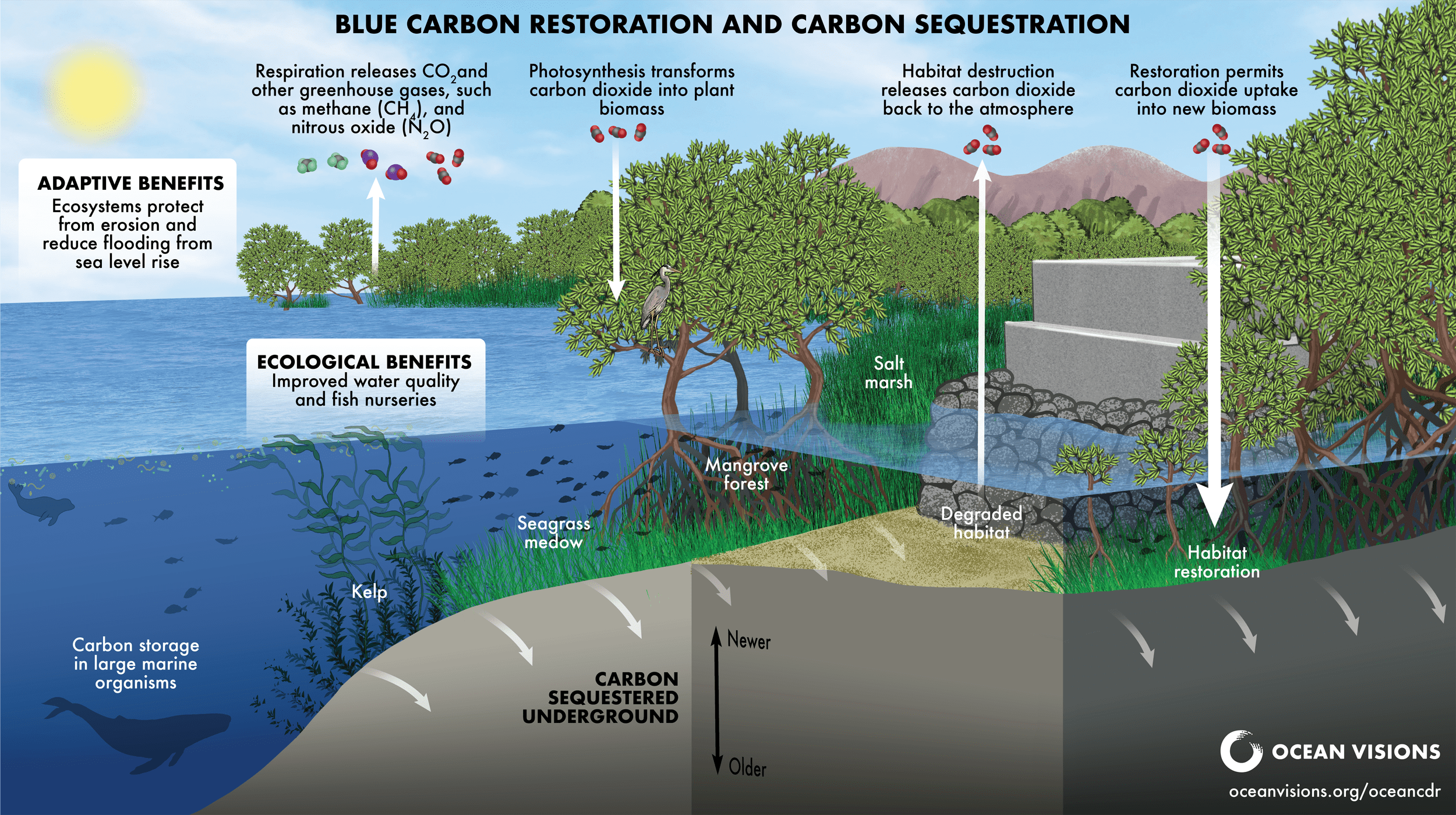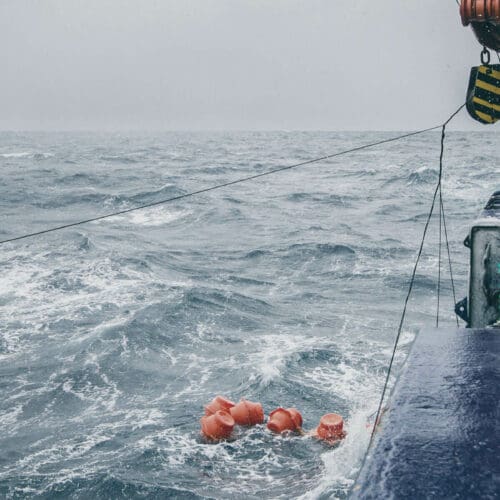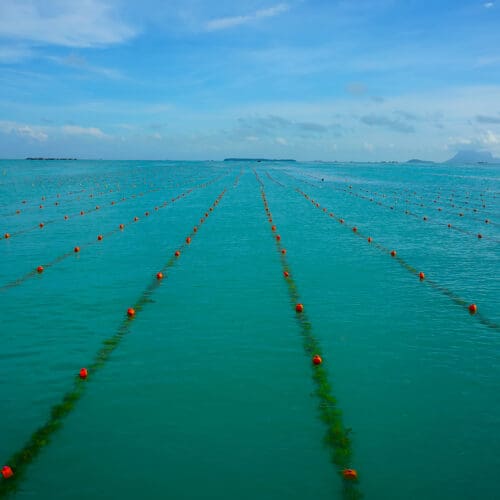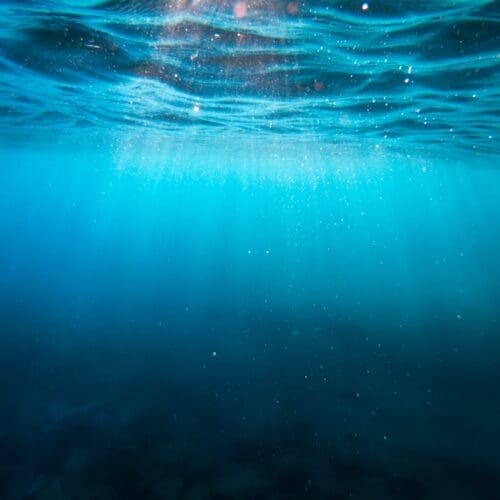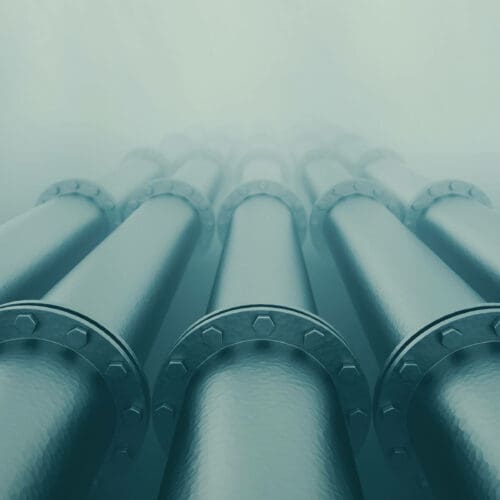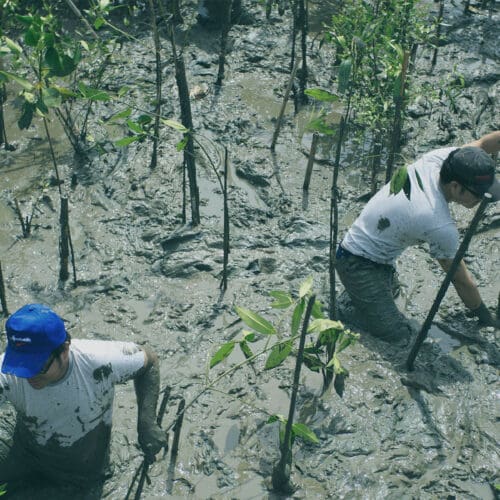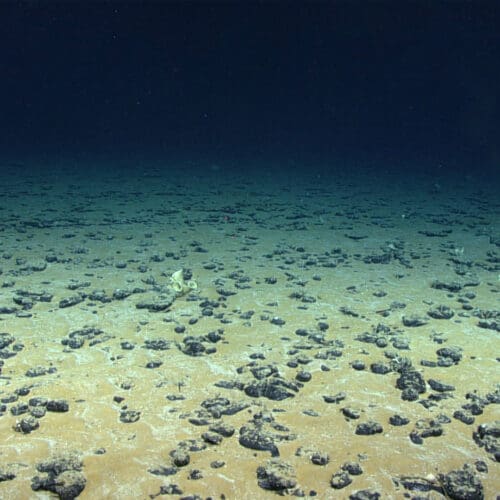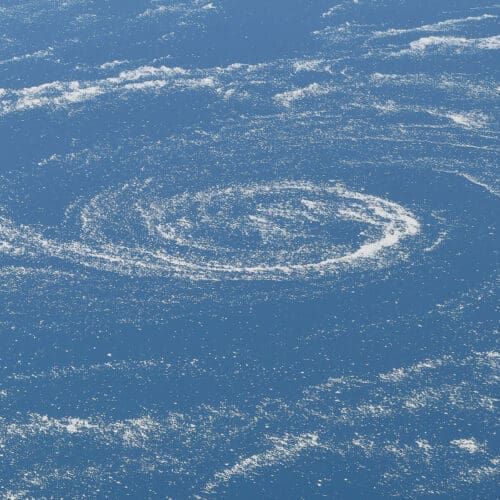Restoring Blue Carbon Overview
Coastal vegetated marine ecosystems, including tidal salt marshes, mangrove forests, and seagrasses meadows (all of which are commonly referred to as “blue carbon”), fix CO2 via photosynthesis and can trap organic carbon in their roots and the marine sediments for thousands of years. Disturbance and loss of marine ecosystems leads to rapid release of carbon to the atmosphere. The restoration of degraded systems can protect intact habitats from large-scale carbon release and add carbon sequestration in the restored habitat.
A significant fraction of the biomass in marine systems is made up of animals, such as fish and whales. Recently, the role of such animals in biogeochemical cycles has gained more attention, with special interest paid to the role that large marine animals may play in ocean carbon cycling and carbon storage. Many of the populations of these organisms, especially the largest predators, have been dramatically reduced as a result of a host of from human activities such as fishing, shipping, introduction of invasive species, and habitat destruction. Intentional actions to recover fishes, whales, and other marine animals have the potential to increase carbon sequestration in the ocean, although considerable uncertainties remain.
